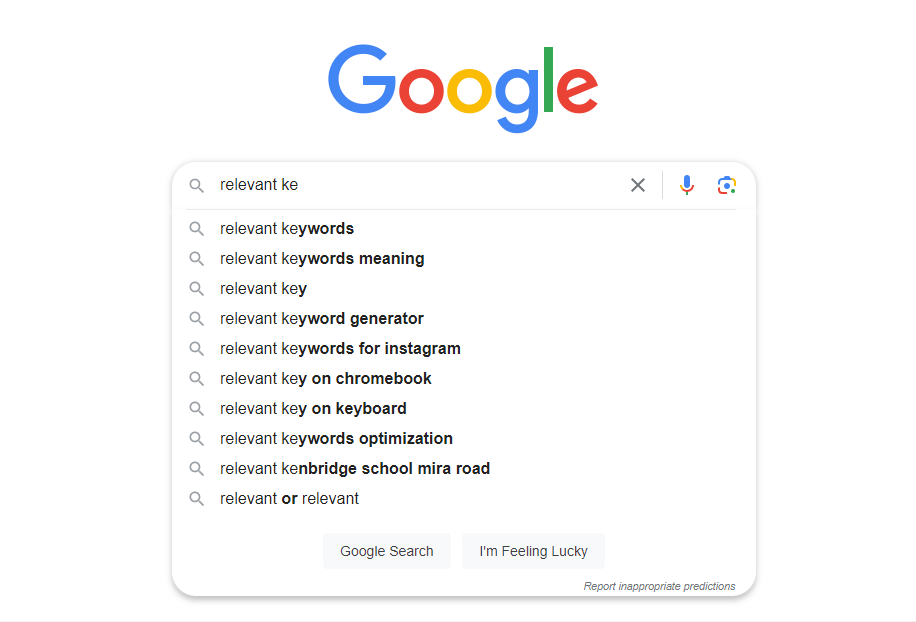In the ever-evolving digital landscape, promoting your website effectively is crucial for reaching a wider audience. Google Ad Manager provides a powerful platform for running ads campaigns that can significantly boost your website’s visibility. In this comprehensive guide, we’ll walk you through the process of setting up an ads campaign in Google Ad Manager, focusing on key steps and strategies to ensure a successful promotion.
Understanding Google Ad Manager:
To start, it’s essential to have a solid understanding of Google Ad Manager. This robust platform allows you to manage and optimize ad revenue, making it an ideal choice for website promotion. Familiarize yourself with the interface, tools, and terminology to navigate the platform efficiently.
Define Your Advertising Goals:
Before diving into creating a campaign, clearly define your advertising goals. Whether it’s increasing website traffic, boosting conversions, or raising brand awareness, having a specific objective will help you tailor your campaign for optimal results.
Target Audience Research:
Identify your target audience by leveraging Google Ad Manager’s robust targeting options. Utilize demographic data, interests, and online behaviors to refine your audience, ensuring your ads reach the right people at the right time.
Keyword Research and Selection:
Incorporate relevant keywords that align with your website’s content and audience interests. Use Google’s keyword planner or other tools to identify high-performing keywords, ensuring your ads are visible to users actively searching for related topics.
Creative Ad Design:
Craft compelling and visually appealing ad creatives that resonate with your target audience. Ensure your visuals and copy align with your website’s messaging and branding, creating a cohesive experience for users.
Set Up a Campaign in Google Ad Manager:
Navigate to Google Ad Manager and follow the step-by-step process to create a new campaign. Define your campaign settings, including budget, bidding strategy, and ad scheduling. Select the ad format that suits your goals, whether it’s display ads, video ads, or other formats.
Ad Placement and Inventory Targeting:
Optimize your ad placement by selecting the most relevant inventory for your campaign. Consider the ad formats and sizes that perform well on different platforms and devices, tailoring your strategy for maximum reach.
Monitoring and Optimization:
Regularly monitor the performance of your ads campaign using Google Ad Manager’s analytics tools. Analyze key metrics such as click-through rates, impressions, and conversions. Adjust your strategy based on insights, optimizing your campaign for better results over time.
A/B Testing:
Implement A/B testing to refine your ads further. Experiment with different ad creatives, headlines, and calls-to-action to identify what resonates best with your audience. Use the data gathered to make informed decisions for ongoing campaign optimization.
Continuous Improvement:
The digital landscape is dynamic, so be prepared to adapt. Stay informed about industry trends, update your keyword strategy, and refine your ad creatives based on changing user behaviour. Continuous improvement is key to maintaining a successful ads campaign.
Setting up an ads campaign in Google Ad Manager to promote your website requires careful planning and execution. By understanding the platform, defining clear goals, conducting thorough research, and regularly optimizing your strategy, you can maximize the impact of your campaign and elevate your website’s visibility in the digital realm. Keep experimenting, stay informed, and watch your website flourish in the competitive online space.

I want to create a google search campaign for my company product. Can you help me?
of course i will help
Is this traffic is safe for google adsense?
The traffic comes from google ads is real traffic. So its safe. But you must have organic visitors for your website.
Sir i have 200 daily visitors in my website. Can i monetise my website.
Hou must have valuable contents and your website have to follow all the privacy policy of google . Then you monetize your side with google adsense.